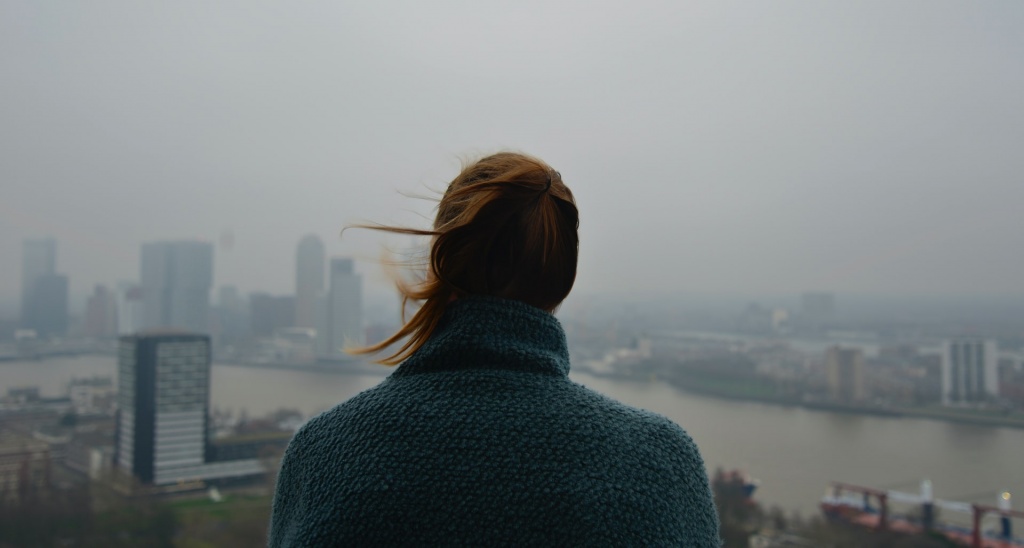
Smog is air pollution that reduces visibility. The term was first used in the early 20th century to describe a mixture of smoke and haze. Smoke usually comes from the burning of coal. Smog appears in industrial areas and can still be seen in many cities. Find out how it is formed and can you contribute to reducing it?
Smog is a yellowish or blackish haze formed mainly by a mixture of pollutants in the atmosphere. It consists of fine particles and ozone in the ground layer. It can also be described as a mixture of various gases with dust and water vapor. The term also refers to hazy air that makes breathing difficult.
Smog is harmful, as evidenced by the ingredients that make it up. It increases the risk of many ailments, from mild pain to deadly respiratory diseases. It can also cause inflammation in lung tissues, manifesting as chest pain.
Even small exposures to smog can lead to severe asthma attacks. High levels of air pollution hinder the production of vitamin D3.
Anyone who engages in intense outdoor activity, from running to working out, can be affected by smog. Physical activity causes us to breathe faster and deeper. As a result, we expose our lungs to more ozone and other pollutants. We can include in our risk group:
Smog is a visible form of air pollution that often appears as dense fog. Look at the horizon during the day – high concentrations of nitrogen oxides give the air a brownish tint. You’ll also find current pollution concentrations in reports published in the newspaper and online. Check out what the experts are saying about it.

Currently, we are mostly struggling with photochemical smog. It forms when sunlight reacts with nitrogen oxides and one or more volatile organic compounds (VOCs) in the atmosphere
Nitrogen oxides come from car exhaust, coal-fired power plants, and factories. VOCs, on the other hand, are released from gasoline, paints and many solvents. When the sun’s rays come in contact with these chemicals, they create pollutants like ground-level ozone, or smog.
The ozone layer suspended high in the atmosphere protects us from dangerous ultraviolet radiation. On the other hand, if the polluted ozone is close to the ground, it harms our health. It can damage lung tissue, so it threatens especially people with respiratory diseases. Ozone also often causes burning and itchy eyes.
Smog harms people, animals and plants. It makes the sky gray or brown. It occurs in many cities with heavy traffic and many manufacturing plants
Weather and geographic conditions affect the location and severity of smog. It may appear more quickly on a hot, sunny day. When there is a temperature inversion (warm air stays close to the ground instead of rising) and there is little wind, smog usually persists for several days.
Smog can cause or worsen health problems such as asthma, emphysema, and chronic bronchitis. Additionally, it irritates our eyes and reduces our immunity. The ozone in smog also inhibits plant growth. It can cause massive damage to forests and crops.
Each of us can contribute to reducing smog. All you have to do is change a few behaviors. Try to drive less often. Walk, bike or take public transportation whenever possible. Take care of your car. Regular maintenance, changing your oil on schedule and inflating your tires to the proper level will reduce fuel consumption and emissions. Refuel early in the morning or evening. By doing so, you prevent exhaust fumes from heating up and producing ozone. Avoid products that release large amounts of VOCs. Replace gas-powered gardening equipment, such as lawn mowers, with electric equipment.
Photoholgic/Unsplash